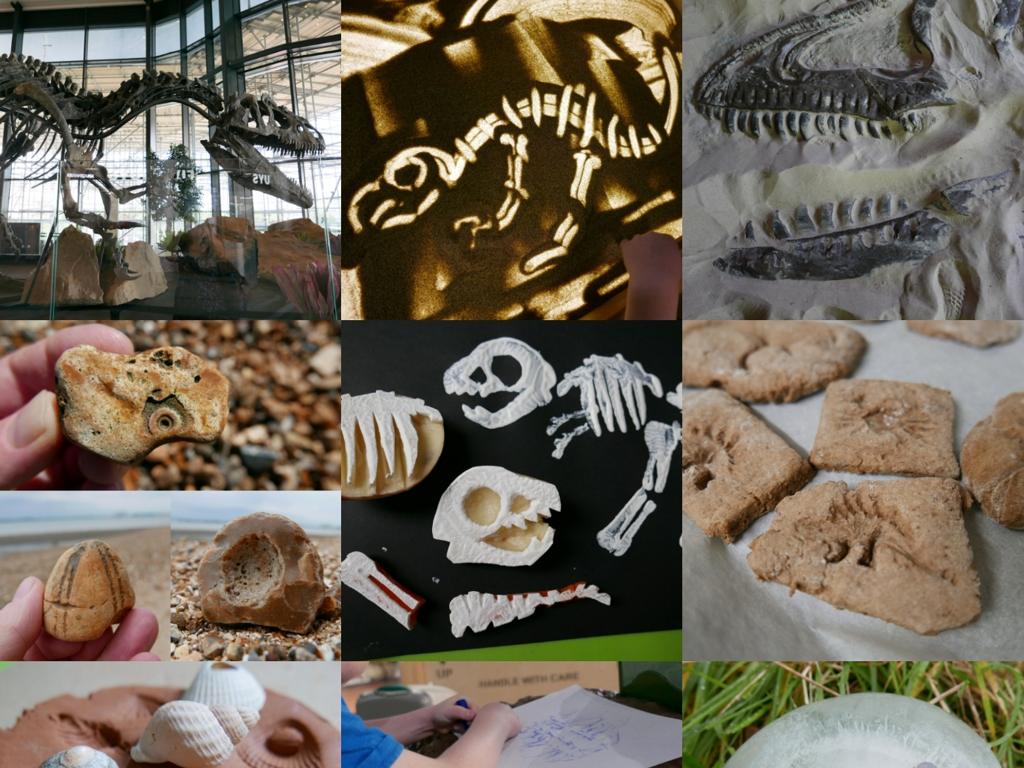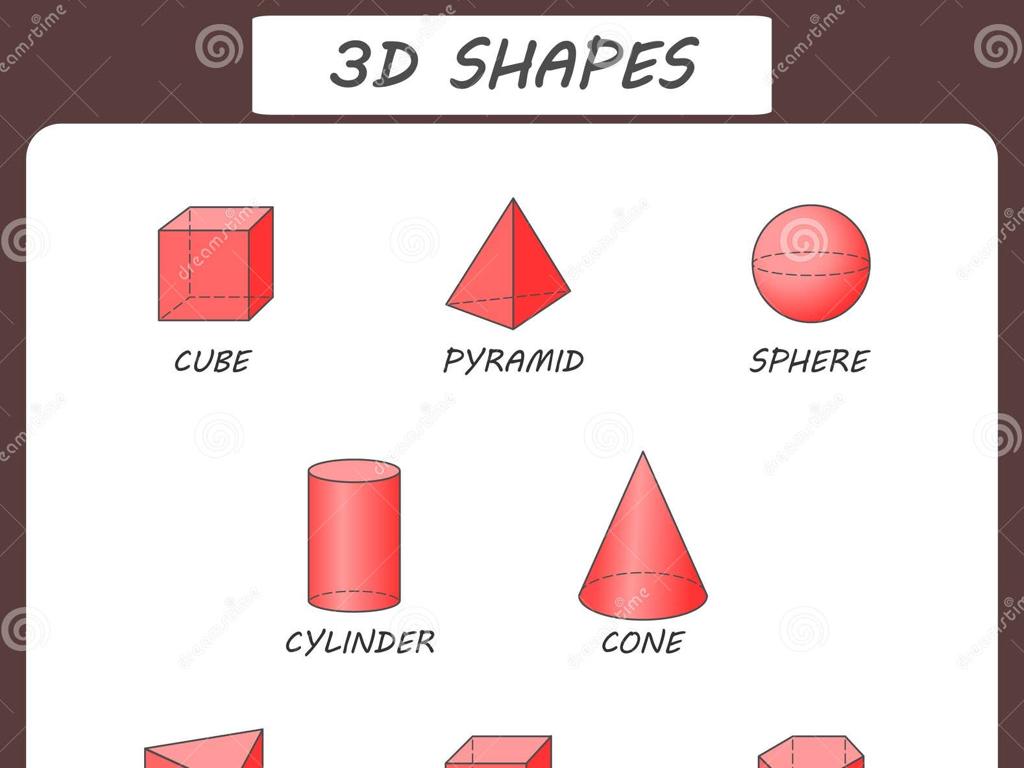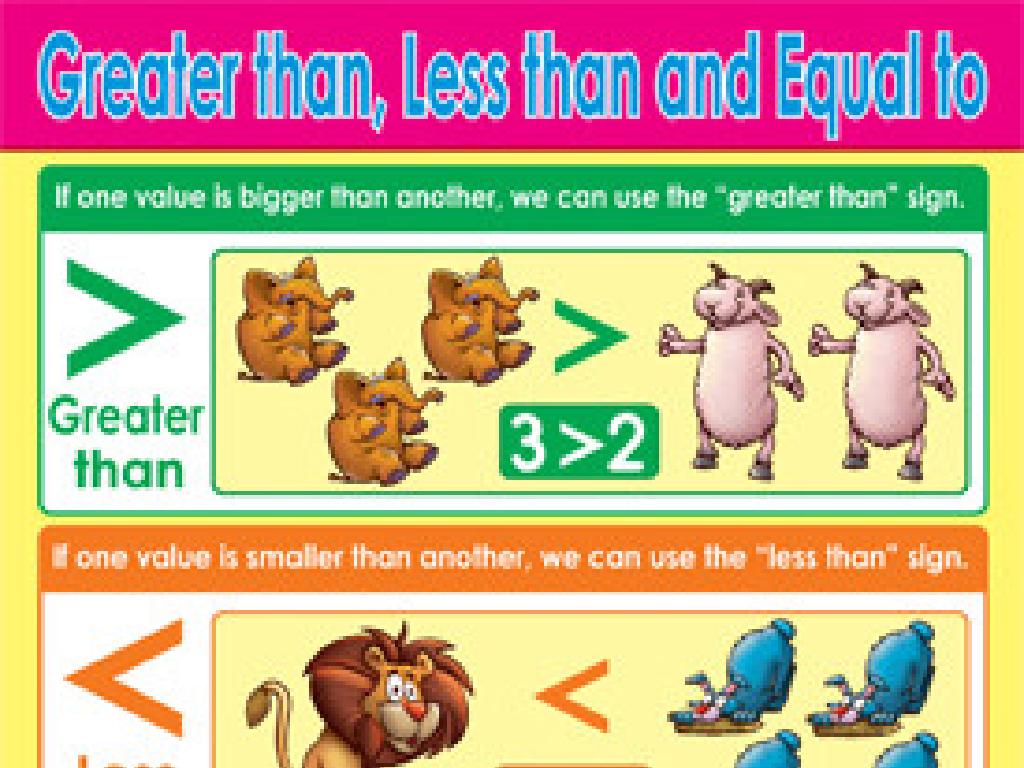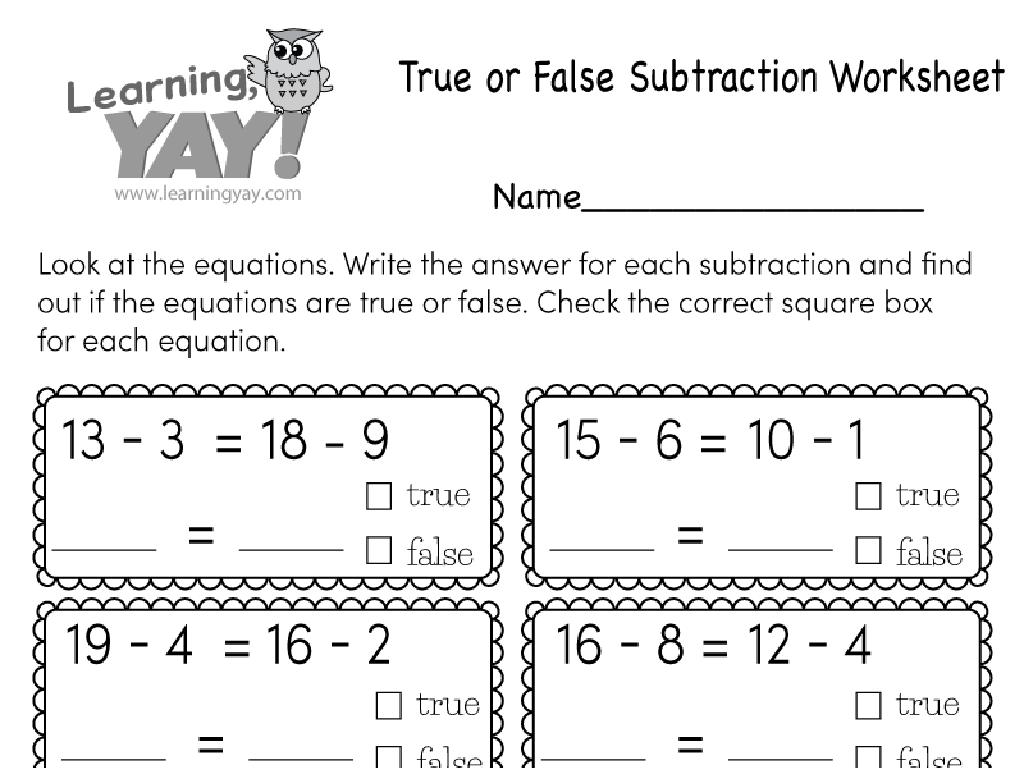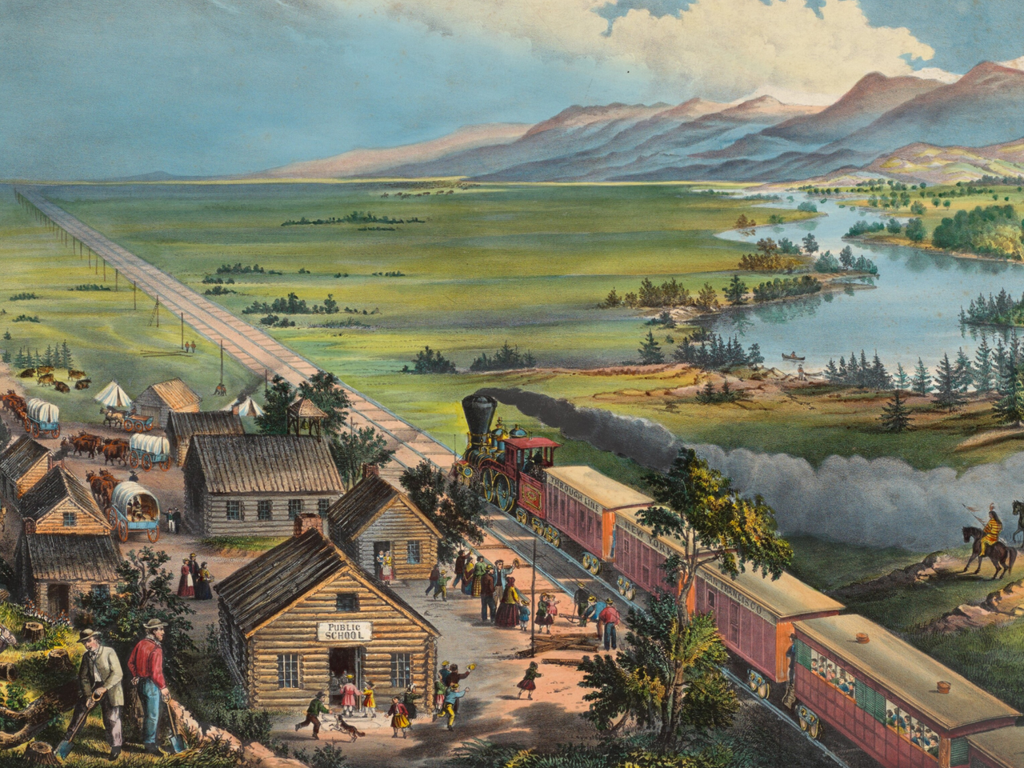Renaissance Origins
Subject: Social studies
Grade: Eighth grade
Topic: Early Modern Europe
Please LOG IN to download the presentation. Access is available to registered users only.
View More Content
Welcome to the Renaissance!
– Exploring the Renaissance era
– A cultural rebirth from the 14th to the 17th century
– Early Modern Europe overview
– A period marked by major historical developments
– Decoding ‘Renaissance’
– ‘Renaissance’ translates to ‘rebirth’ or ‘revival’
– Significance in history
– Marked the transition from medieval to modern times
|
This slide introduces students to the Renaissance, a pivotal period in history known for its cultural, artistic, and intellectual ‘rebirth’ that began in Italy in the 14th century and spread throughout Europe. The era is characterized by significant advancements in art, science, and thought, marking the transition from the Middle Ages to Early Modern Europe. The term ‘Renaissance’ itself means ‘rebirth,’ reflecting the renewed interest in the classical learning and values of ancient Greece and Rome. It’s important for students to understand the context and significance of the Renaissance as it laid the foundations for the modern world. Encourage students to think about what ‘rebirth’ might mean in the context of a whole society.
The Birthplace of the Renaissance: Florence
– Florence: Cradle of the Renaissance
– Florence, Italy, was a hub of commerce, ideas, and artistry during the Renaissance.
– Why Italy sparked the Renaissance
– Italy’s wealth, classical heritage, and city-state structure provided fertile ground for a cultural rebirth.
– Medici family: Patrons of the arts
– The Medici family used their wealth to support artists, thinkers, and architects, significantly contributing to the Renaissance.
– Florence’s impact on culture
– Florence’s emphasis on art and humanism helped spread Renaissance ideas throughout Europe.
|
This slide introduces students to the origins of the Renaissance, focusing on Florence, Italy, as the epicenter of this pivotal cultural movement. Highlight Florence’s role as a wealthy center of trade and its unique position in Italy, which had access to ancient Roman and Greek texts that inspired a return to classical thinking. Discuss the Medici family’s influence as patrons who funded the arts and supported key figures like Leonardo da Vinci and Michelangelo. Emphasize how Florence’s investment in humanist philosophy and the arts helped disseminate Renaissance ideas, shaping European culture for centuries to come. Encourage students to consider the impact of a single city on the broader scope of world history.
Humanism: The Heart of the Renaissance
– Defining Renaissance Humanism
– A cultural movement valuing human intellect and classics.
– Humanism’s impact on thought
– Shift from divine to human-centered understanding.
– Notable Renaissance humanists
– Erasmus, More, and da Vinci: Pioneers of humanist ideas.
– Exploring humanist works
– Analyze texts and art to understand humanist principles.
|
Humanism was a key intellectual movement of the Renaissance that placed a strong emphasis on the study and application of the classical arts and sciences. It marked a shift from medieval scholasticism and the focus on religious doctrine to a focus on human potential and achievements. This slide will explore the definition of humanism, its transformative effect on European thought, and the contributions of famous humanists like Desiderius Erasmus, Thomas More, and Leonardo da Vinci. Encourage students to think critically about how humanism influenced the development of art, science, and philosophy during the Renaissance. Discuss how humanist ideals are reflected in the works of the period and how these ideas continue to influence modern thought.
Renaissance Art and Artists
– Defining Renaissance art characteristics
– Balance, perspective, and realism defined the new art style
– Innovations in painting & sculpture
– Use of light & shadow, frescoes, and bronze casting were revolutionary
– Analyzing da Vinci’s masterpieces
– Study ‘The Last Supper’ & ‘Mona Lisa’ for technique and emotion
– Exploring Michelangelo & Raphael
– ‘David’ & ‘Sistine Chapel’ by Michelangelo, ‘School of Athens’ by Raphael
|
This slide aims to introduce students to the defining features of Renaissance art, highlighting the shift towards realism and perspective. Discuss how artists like Leonardo da Vinci introduced techniques that captured the human experience with greater authenticity. Emphasize innovations such as chiaroscuro and the use of oil paints. Analyze da Vinci’s works for their emotional depth and technical precision. Explore Michelangelo’s contributions to sculpture and fresco painting, and Raphael’s ability to depict complex themes with clarity. Encourage students to reflect on how these works reflect the values and intellectual spirit of the Renaissance.
Science and Invention during the Renaissance
– The dawn of the Scientific Revolution
– A period marked by major scientific advancements and new ways of thinking.
– Renaissance era’s key inventions
– Inventions like the printing press revolutionized communication and knowledge dissemination.
– Leonardo da Vinci: A polymath’s impact
– His work in anatomy, physics, and art exemplified the Renaissance spirit of inquiry and intellect.
– Exploring da Vinci’s engineering feats
– His designs, from flying machines to armored vehicles, were ahead of his time.
|
This slide aims to highlight the significant shift in scientific thought and invention during the Renaissance, known as the Scientific Revolution. Emphasize the period’s groundbreaking inventions, such as the printing press, which had a profound effect on society by making information more accessible. Leonardo da Vinci should be spotlighted as a quintessential Renaissance figure whose interdisciplinary contributions laid the groundwork for future scientific and engineering endeavors. Discuss how his curiosity and innovative thinking led to conceptual designs that were not realized until centuries later, demonstrating the far-reaching influence of Renaissance innovation.
The Spread of Renaissance Ideas
– Renaissance ideas across Europe
– Ideas spread through trade, travel, and education.
– Impact of the printing press
– The printing press allowed for mass production of texts, spreading ideas faster.
– Cultural exchanges and their role
– Scholars and artists traveled, sharing knowledge and cultural practices.
– The ripple effect of ideas
|
This slide explores the dissemination of Renaissance ideas throughout Europe. The Renaissance was marked by a revival of interest in the classical learning and values of ancient Greece and Rome, which then spread beyond Italy to the rest of Europe. Key factors included the advent of the printing press, which revolutionized the way information was shared by making books more accessible. Additionally, cultural exchanges during this period were facilitated by the movement of scholars and artists who traveled between countries, often to study or work, thus acting as conduits for new thoughts and practices. Encourage students to think about how these historical forms of communication compare to modern-day information sharing and the globalization of ideas.
The Renaissance’s Impact on Today
– Lasting impact of the Renaissance
– Influence on modern art and science
– Techniques like perspective in art and empirical evidence in science.
– Renaissance in contemporary culture
– Emphasis on humanism and individualism in today’s society.
– Modern works inspired by the Renaissance
– Architecture, literature, and films reflect Renaissance themes.
|
This slide aims to highlight the enduring legacy of the Renaissance and how it continues to shape various aspects of modern society. Discuss how Renaissance ideas like humanism and individualism have influenced contemporary cultural values. Explore the impact of Renaissance art techniques, such as the use of perspective, on modern art. Highlight the scientific method’s roots in the empirical approach of Renaissance scholars. Provide examples of modern architecture, literature, and films that draw inspiration from Renaissance themes and figures. Encourage students to think critically about how the past continues to inform the present.
Class Activity: Renaissance Fair
– Organize a mini Renaissance fair
– Represent a Renaissance figure or invention
– Choose a notable person like da Vinci or an invention like the printing press
– Prepare a short presentation
– Create a brief talk or visual display about your figure or invention
– Engage with classmates’ displays
– Learn from peers about other Renaissance contributions
|
This activity aims to immerse students in the culture and innovations of the Renaissance period. Each student will select a historical figure or invention from the Renaissance to research and represent. They will then prepare a short presentation or create a display to showcase during the class fair. Encourage creativity in how they present their character or invention, such as dressing up or creating a model. Provide a list of figures and inventions for students to choose from, and offer guidance on how to research effectively. During the fair, students will engage with each other’s displays, fostering a collaborative learning environment. Possible figures and inventions for representation include Leonardo da Vinci, Michelangelo, the printing press, and the telescope. This activity will help students better understand the impact of the Renaissance on modern society.

